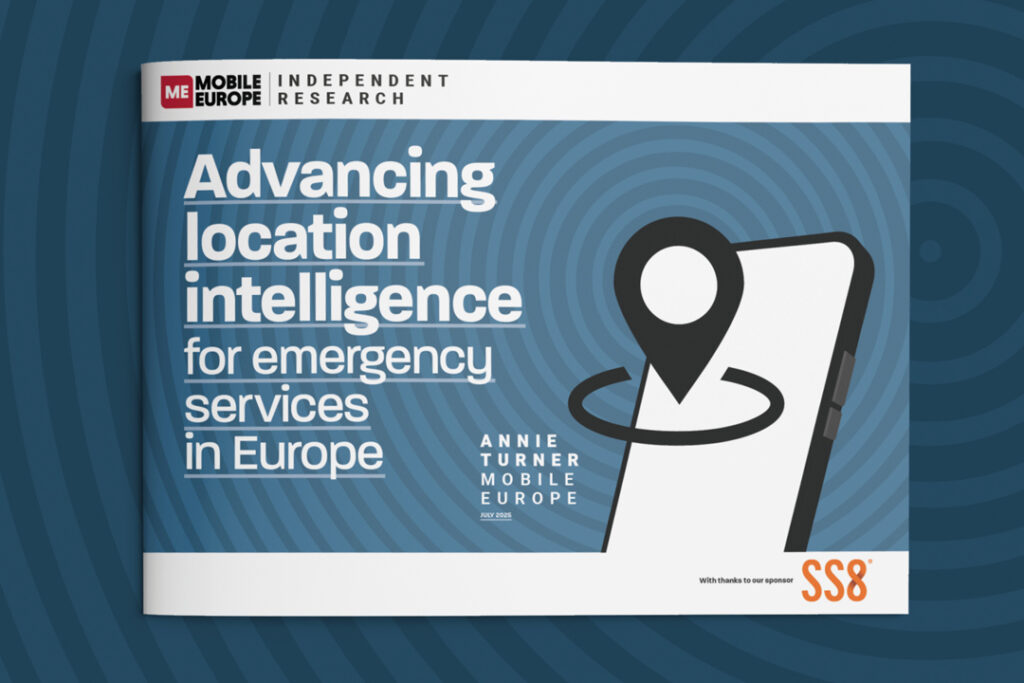At the Broadband Traffic Management event in London, and at the Mobile Asia Congress, there is continued talk about how operators can be innovative in their data pricing and charging. As operators add intelligence to the network, and integrate real time charging capabilities with post-paid services of all types, increased possibilities for innovation on pricing and charging present themselves.
One, perhaps under-exploited, tool that operators could use is the group data tariff. This sees members of the same family, business, or groups of devices registered to the same subscriber, share an overall usage bucket.
Recent findings from Infonetics Research, contained in a report commissioned by Tekelec, showed that the number of mobile broadband devices sold globally on shared data plans is forecast to grow an average of 89 percent a year from 2011 to 2015, reaching nearly 187 million units. Smartphones, USB cards and tablets will comprise 89 percent of these devices.
Infonetics estimates that 2.4 percent of mobile broadband devices sold globally in 2011 will be on shared data plans. By 2015, the figure jumps to 15.4 percent. These plans, according to Infonetics, will first gain traction in markets with advanced 3G competition, such as North America, Western Europe, Japan, South Korea and Australia.
Randy Fuller, of Tekelec, told Mobile Europe (see video) that a group tariff could help operators gain custom from younger customers, who might otherwise have used a competitive operator or MVNO. So although the group data plan might appear to be dilutive of ARPU, it is in fact an overall revenue gain.
“Yes, the average revenue per device might drop, but operators are adding a second, third, or fourth device as a result” Fuller said.
So what do operators need to do to implement the group data plan?
Shira Levine, directing analyst, next gen OSS and policy at Infonetics, said that network intelligence from policy management, subscriber data management and Diameter routing were all key to implementing and profting from the shared data plan.
Fuller pointed out that operators will need to be able to notify the plan holder in real time as to what current usage status is. For instance, if one user of device is maxing out the data limit, action could be taken to limit that user or device. This increased need for intelligence is “driving new requirements from the policy servers”, Fuller said, as an alternative to major, and time-consuming upgrades to billing systems.
It also demans increased communication at the control level across a greater number of systems: the underlying billing piece, PCRF and charging, gateways, HSS and subscriber data elements.
Fuller said that Tekelec, with its focus on Diameter Routing Agents, has “seen this coming.” Operators too, have come to the DRA party, he said, as they grapple with the need to align data usage and revenues. Group data plans are just one tool operators can use in that wider movement.
“The light has gone on at the operators too,” Fuller said. “Adoption is about 1-2 years behind policy, but it’s on the same curve.”


